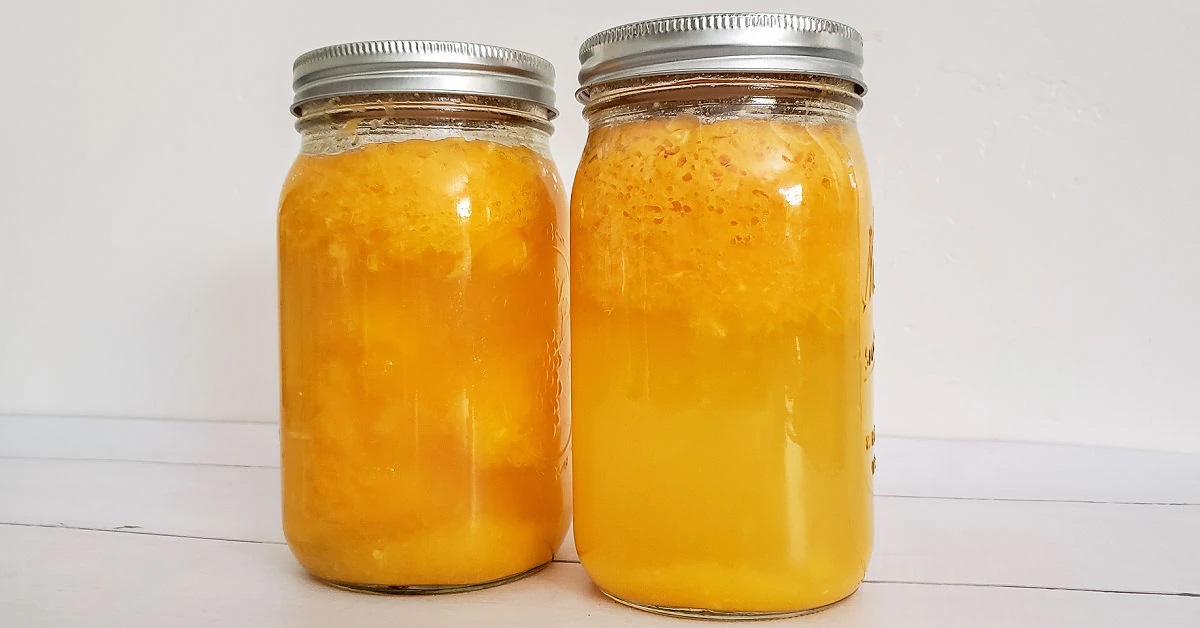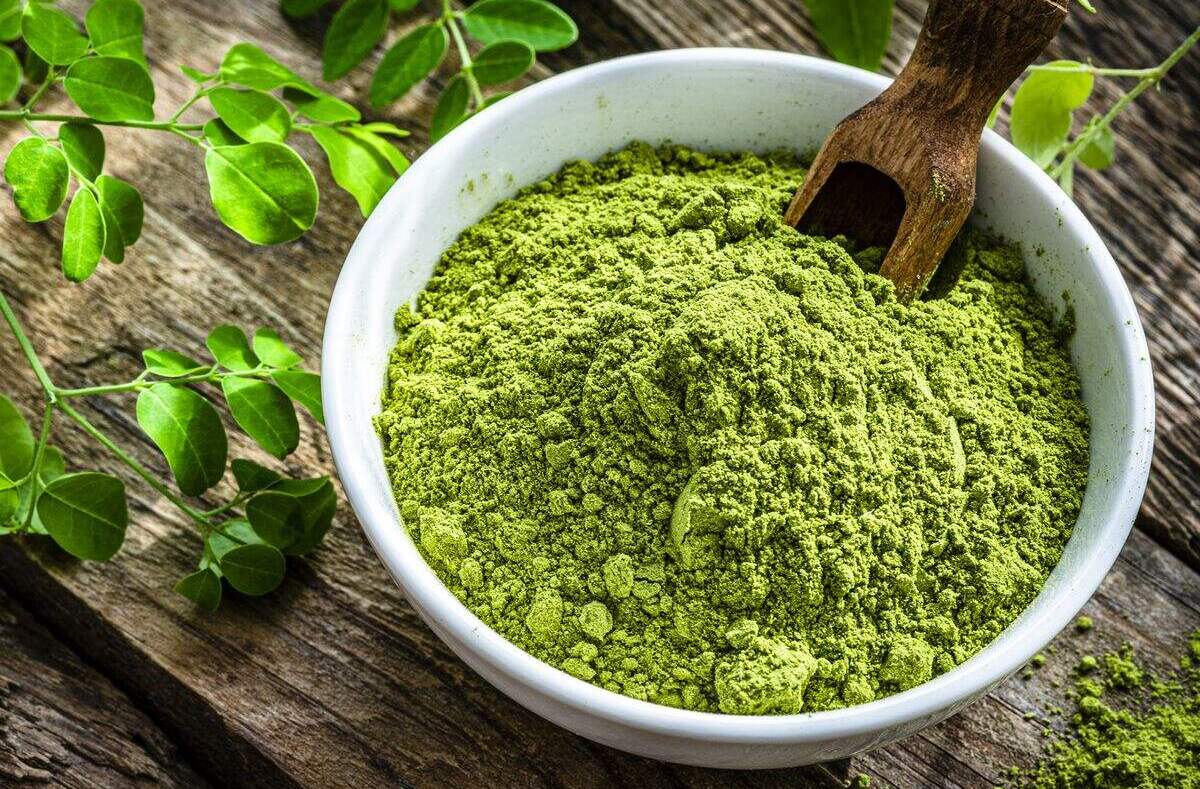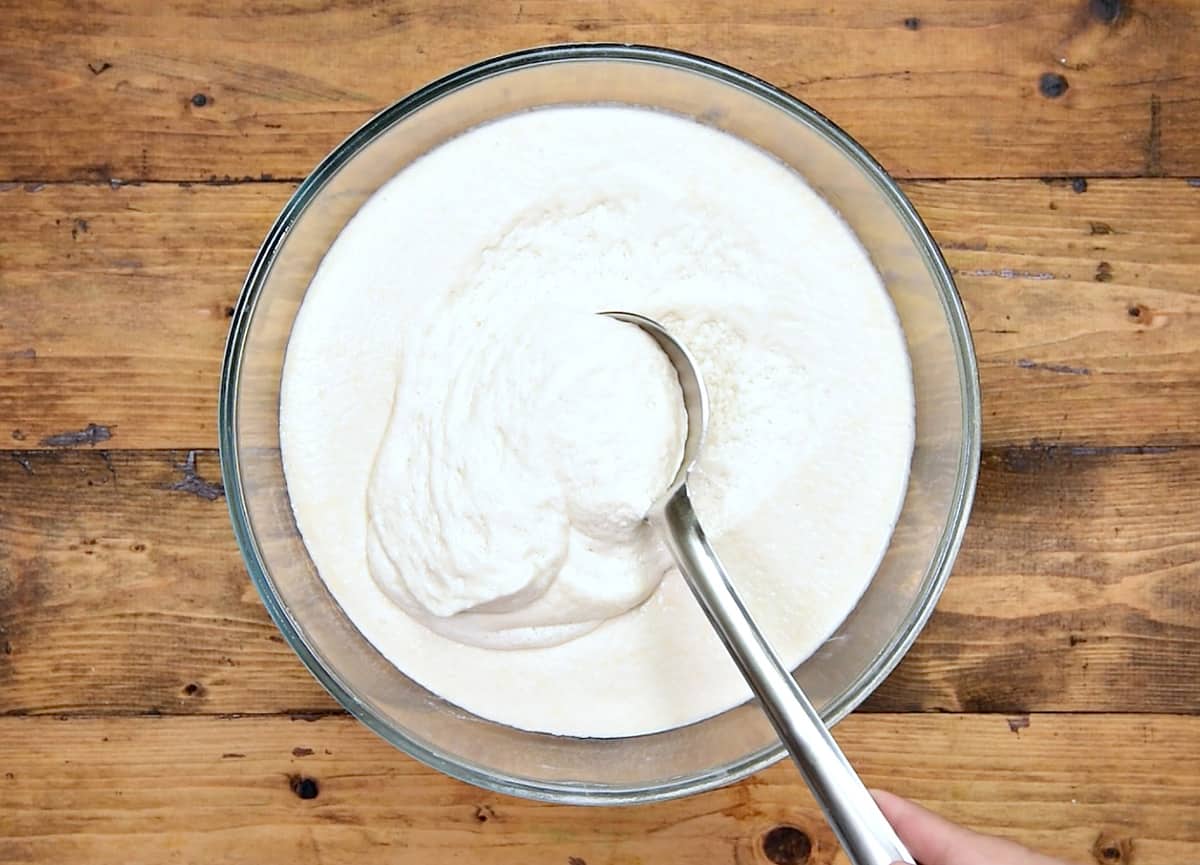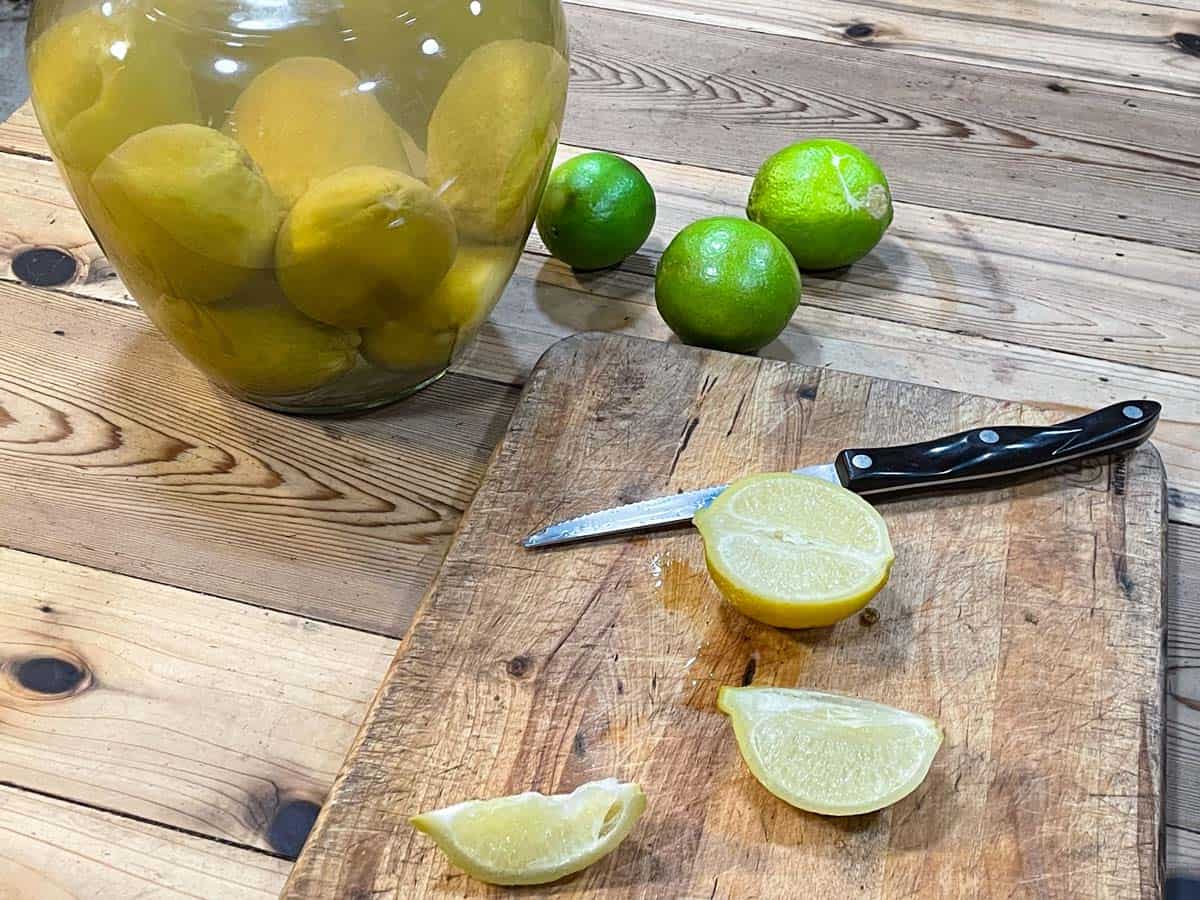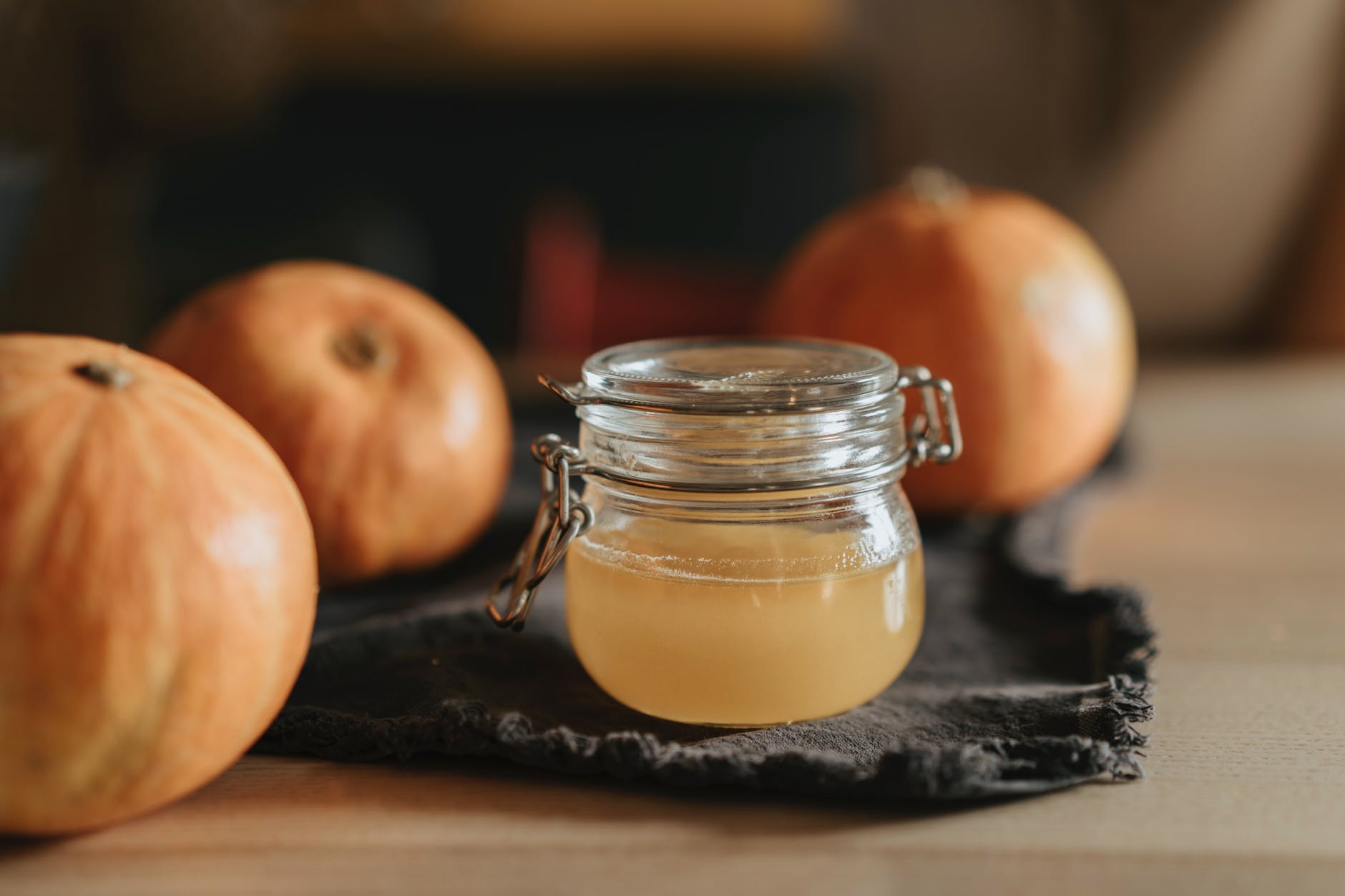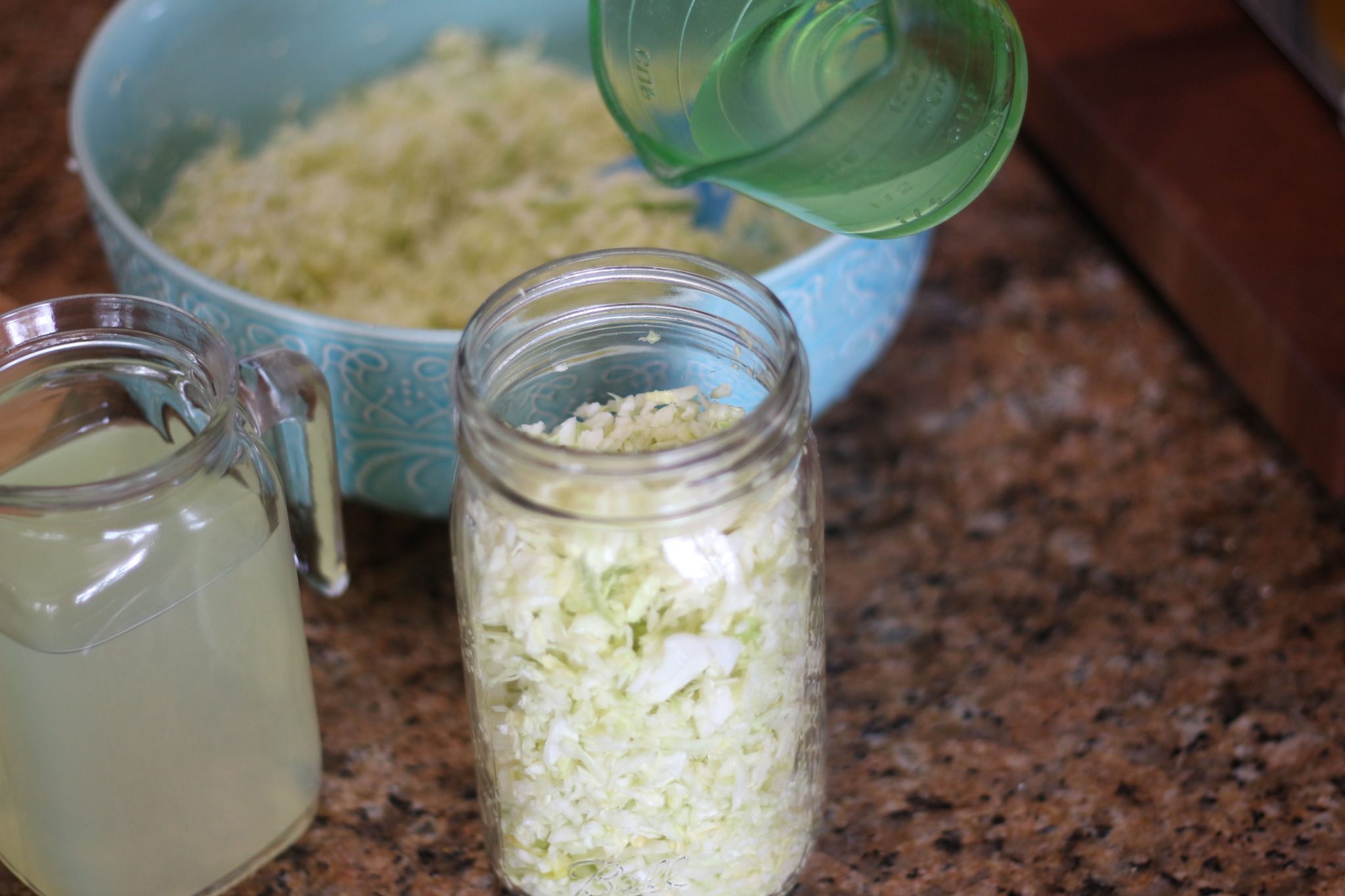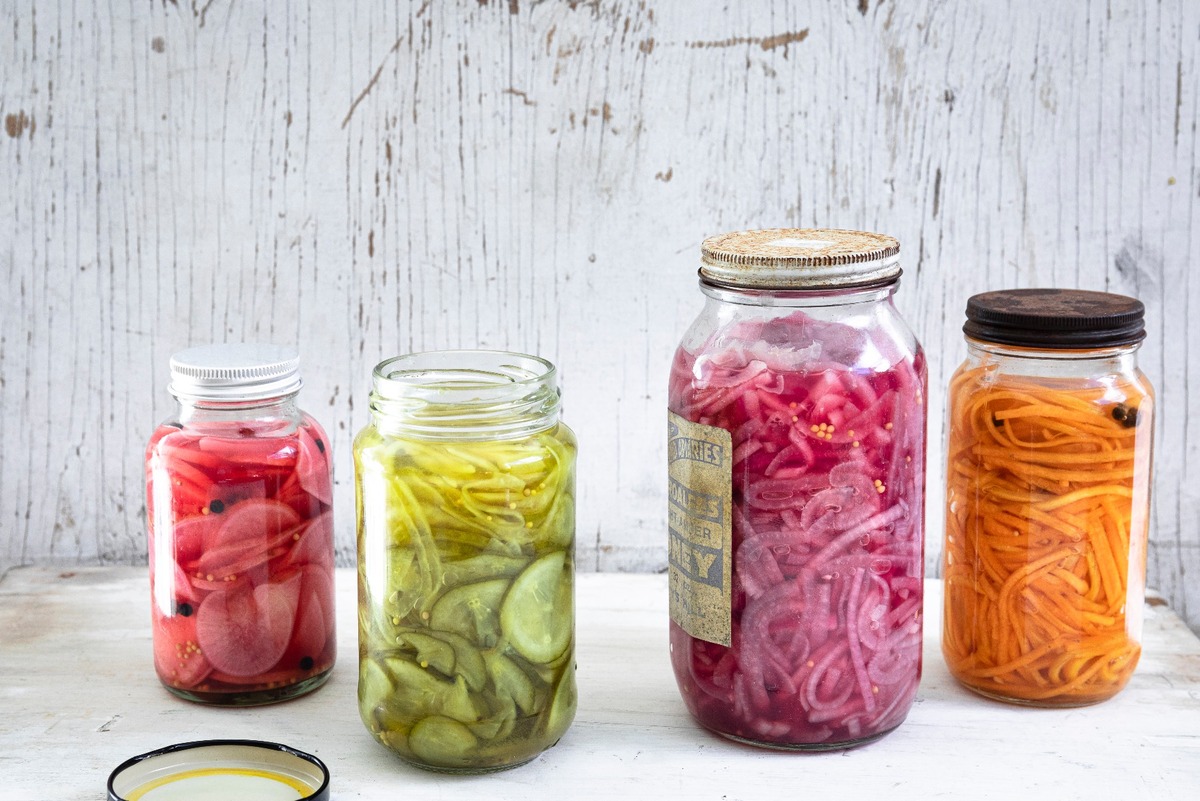Welcome to the World of Fermentation with Onggi Pots
If you’re a fan of fermented foods like kimchi, sauerkraut, or kombucha, you might be interested in learning how to ferment using an Onggi pot. Onggi, traditional Korean earthenware, has been used for centuries to ferment and store various foods. In this guide, we’ll explore the art of fermentation with Onggi pots and how you can get started on your own fermenting journey.
What is an Onggi Pot?
An Onggi pot is a type of earthenware vessel that has been used in Korea for fermenting and storing food for over a thousand years. These pots are made from clay and are known for their breathable yet airtight properties, making them ideal for fermentation. The porous nature of the clay allows for the exchange of gases during fermentation while preventing the entry of harmful bacteria.
The Art of Fermentation
Fermentation is a natural process that transforms raw ingredients into flavorful and preserved foods. It involves the action of beneficial microorganisms such as bacteria and yeast, which break down sugars and starches in food, creating unique flavors and increasing the food’s shelf life. Fermented foods are not only delicious but also offer numerous health benefits due to their probiotic content.
How to Ferment Using an Onggi Pot
Now that you understand the basics of fermentation and the role of Onggi pots, let’s dive into the steps for fermenting using an Onggi pot:
- Prepare Your Ingredients: Start by preparing the ingredients you want to ferment. This could be vegetables for kimchi, cabbage for sauerkraut, or tea for kombucha.
- Clean and Sterilize the Onggi Pot: Before you begin the fermentation process, make sure your Onggi pot is clean and free from any contaminants. You can sterilize it by rinsing with hot water and allowing it to air dry.
- Layer the Ingredients: Place your prepared ingredients into the Onggi pot, layering them with salt or other seasonings as needed. Press down on the ingredients to release their natural juices.
- Seal the Pot: Once the ingredients are in the pot, cover it with the Onggi lid or a cloth secured with a rubber band. This will allow gases to escape while keeping out unwanted contaminants.
- Monitor the Fermentation: Place the Onggi pot in a cool, dark place and allow the fermentation process to take place. Check on the progress regularly, tasting the food to gauge its flavor and texture.
- Enjoy Your Fermented Creation: Once the fermentation process is complete, you can enjoy the delicious and probiotic-rich foods you’ve created. Store any leftovers in the Onggi pot to continue the fermentation process or transfer them to a sealed container for longer-term storage.
Tips for Successful Fermentation with Onggi Pots
Here are some additional tips to ensure successful fermentation using Onggi pots:
- Use High-Quality Ingredients: Start with fresh, high-quality ingredients to ensure the best results.
- Keep the Pot Clean: Regularly clean and maintain your Onggi pot to prevent the growth of harmful bacteria.
- Experiment with Flavors: Don’t be afraid to experiment with different seasonings and ingredients to create unique fermented creations.
- Be Patient: Fermentation takes time, so be patient and allow the natural process to work its magic.
Join the Onggi Fermentation Tradition
Now that you have a better understanding of how to ferment using an Onggi pot, you can embark on your own fermentation journey. Whether you’re interested in making traditional Korean kimchi or exploring the world of fermented beverages, Onggi pots offer a time-honored way to create delicious and probiotic-rich foods. Embrace the art of fermentation and enjoy the flavorful and healthful results!
Was this page helpful?
Read Next: How To Ferment Grape Juice
